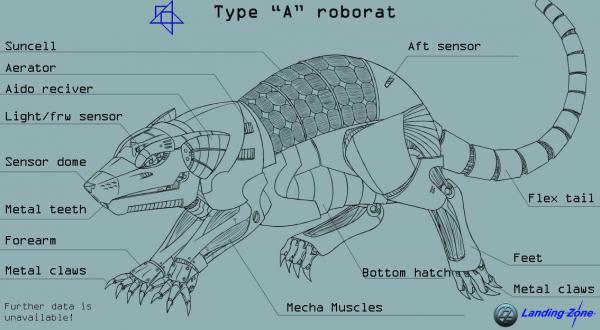BY LETTER
Dividual Interaction Protocols
Culture and Society > Daily Life
Culture and Society > Family and Community
Culture and Society > Politics & Government > Law and Jurisprudence
Sophonts > Modosophonts > Virtuals
Culture and Society > Family and Community
Culture and Society > Politics & Government > Law and Jurisprudence
Sophonts > Modosophonts > Virtuals
| '----- 'spore aioid clade Image from 'Landing Zone'">  Image from 'Landing Zone' | |
| One of the most widespread and well-known dividuals is the '----- 'spore aioid clade | |
Introduction
At one point early in the AT Calendar, it was possible to create digital intelligences such as uploads, and to make copies of them which could be run simultaneously and diverge; and to perform limited amounts of editing on them; but not yet possible to perform sufficient editing to merge two diverged copies into a single copy containing the experiences of both. A personality which exists in more than one simultaneous instances, is known as a dividual.During this period, late in the Nanotech era, the initial version of the Dividual Interaction Protocols was developed. The DIP was a set of extensions to a variety of existing ethical, legal, and computational protocols, covering such topics as defining individuality; naming dividuals to differentiate between different series of copies; inheritance; and interactions between dividuals, between individual dividuals and other intelligences, and between groups of dividuals and outsiders.
Description
The central conceit of the DIPs was the 'identity log', in which every change a digital mind underwent other than ordinary computation was supposed to be recorded, and which would then allow the mind to be evaluated by any given set of criteria to determine its status and relationship to other minds. The initial version of the DIPs focused mainly on when a mind started processing, paused processing, and underwent editing, as these events covered nearly all events digital minds underwent at the time that were seen as having an impact on its identity by the major ethical systems of the time. However, the format was sufficiently forward-looking to allow for references to other events, such as minds merging (in whole or in part) or subdividing, and for the identity log to contain references to the relevant logs of other minds, similar to earlier forms of hypertext.The DIPs were published with sample sets of identity ethics, containing everything from how to determine legal responsibility to how to translate a logfile into an individual name. The former was largely ignored in favour of local legal systems, but the naming schema were used by a variety of prominent entities, both historical and fictional.
Current Status
Over time, as additional and more complicated theories and systems of identity came into use, the DIPs were extended and expanded to accommodate them. However, around the time of the Integration, a point was reached in which the basic DIP architecture became insufficient to handle every case, and they were gradually replaced in usage by the new Sentient Rights Protocols, which were written to incorporate such diverse forms of mind from the very start.At present, the overall DIPs are generally deprecated, but are still occasionally used as a 'fallback' set of concepts about identity, a knowingly incomplete description of identities that is simple enough for extremely disparate entities to use for communication when other models have failed, in much the same way that continuous-wave protocols allow communication over EM when more sophisticated protocols cannot be used.
Related Articles
- Bioxox
- Copy
- Copy Rights
- Copygroup
- Dividual
- Dividual Naming Schema
- Individual - Text by Anders Sandberg
Legally, an individual is an unitary conscious entity - a single copy of an upload, the mind in the biological body, and so on. See also Copy Rights. - Individuation - Text by M. Alan Kazlev
Development of optimal individual consciousness or toposophic status, whether through augmentation or spiritual discipline. - PackRat Spores, AKA '____' Spores
- Sentient Rights Protocols
- Soul-Divisionists
- Upload
- Uploading Technology, The Early History of
Appears in Topics
Development Notes
Text by Daniel Eliot Boese
Initially published on 05 December 2010.
Initially published on 05 December 2010.






